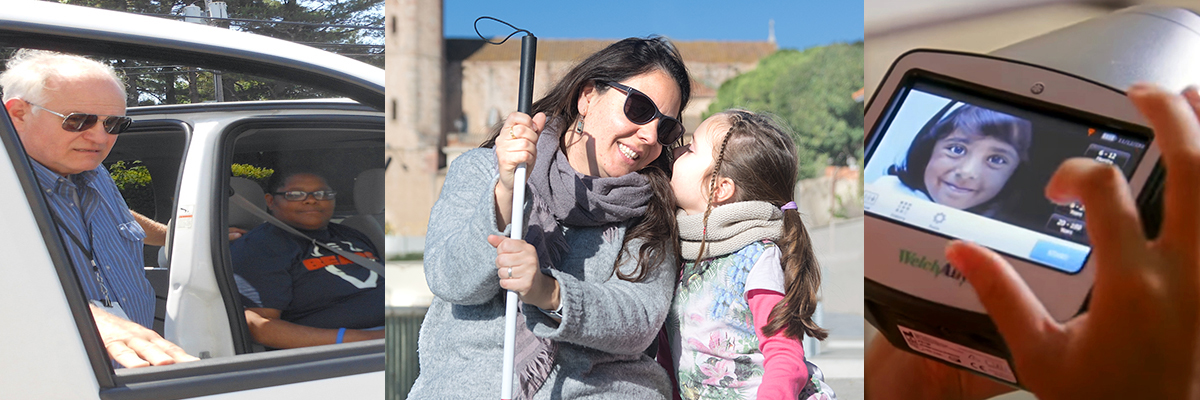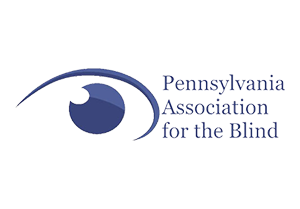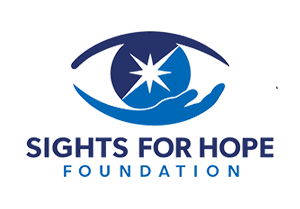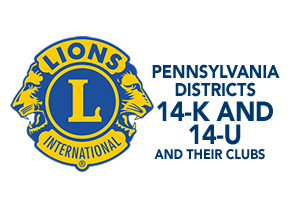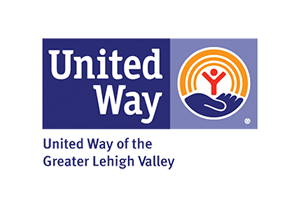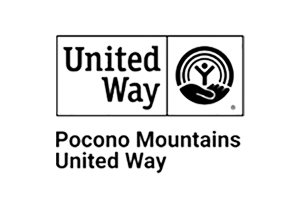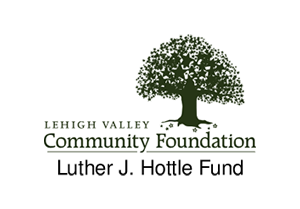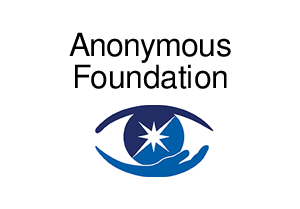Sights for Hope empowers the people of Pennsylvania’s Lehigh Valley and Monroe County to succeed no matter how they see the world. We provide adaptive skills training for people with limited or no vision, boost their confidence, expand their access to essential services, and help them obtain assistive devices for independence. We also act to prevent vision loss by promoting healthy vision habits and connecting pre-kindergarten children with professional eye care. Founded in 1928, we carry forward a tradition inspired by Helen Keller a century ago. Sights for Hope is a member of the Pennsylvania Association for the Blind (PAB) and the VisionServe Alliance.
Our Mission Statement
- To provide people with visual impairments the skills, supports, and solutions that advance their self-sufficiency.
Our Vision Statement
- To transform the lives of people with visual impairments by removing the barriers to their independence and success.
Our Values
- Independence: We champion every individual’s right to control their life and pursue their personal success.
- Impact: We advance solutions specifically for the people we serve and challenge ourselves to make our communities stronger.
- Dignity: We demonstrate a person-first mindset toward those we serve and honor their strengths.
- Character: We listen, pursue all that is possible, carry ourselves with sincerity and humility, and are inclusive without bias.
Our Three Pillars
We have identified three pillars to articulate our work.
- Skills: We teach adaptive skills to accomplish daily life activities.
- Supports: We provide supports that counter the effects of visual impairments and blindness and we increase access to medical care, healthy food, and other essential needs.
- Solutions: We advance solutions that enhance sight capabilities.
Our Constituents
- We have 537 active clients as of June 2025, and we serve approximately 100 additional patients annually.
- More than 49% of our clients live below or near the federal poverty line.
- More than 81% of our clients are ages 55 and older more than 63% of our clients are ages 65 and older.
- More than 70% of our clients are diagnosed with Macular Degeneration, Glaucoma, Diabetic Retinopathy, Cataracts, or Retinits Pigmentosa.
- We perform vision screenings on approximately 6,000 children ages 0-6 annually, and more than 13% of them have an impairment of some kind.
- Most of our children’s screening events in a typical year are held at preschools, at daycare centers, and during kindergarten registration and orientation events.
- 58% of the pre-kindergarten children we screen are in zip codes with median household incomes below the national average.
